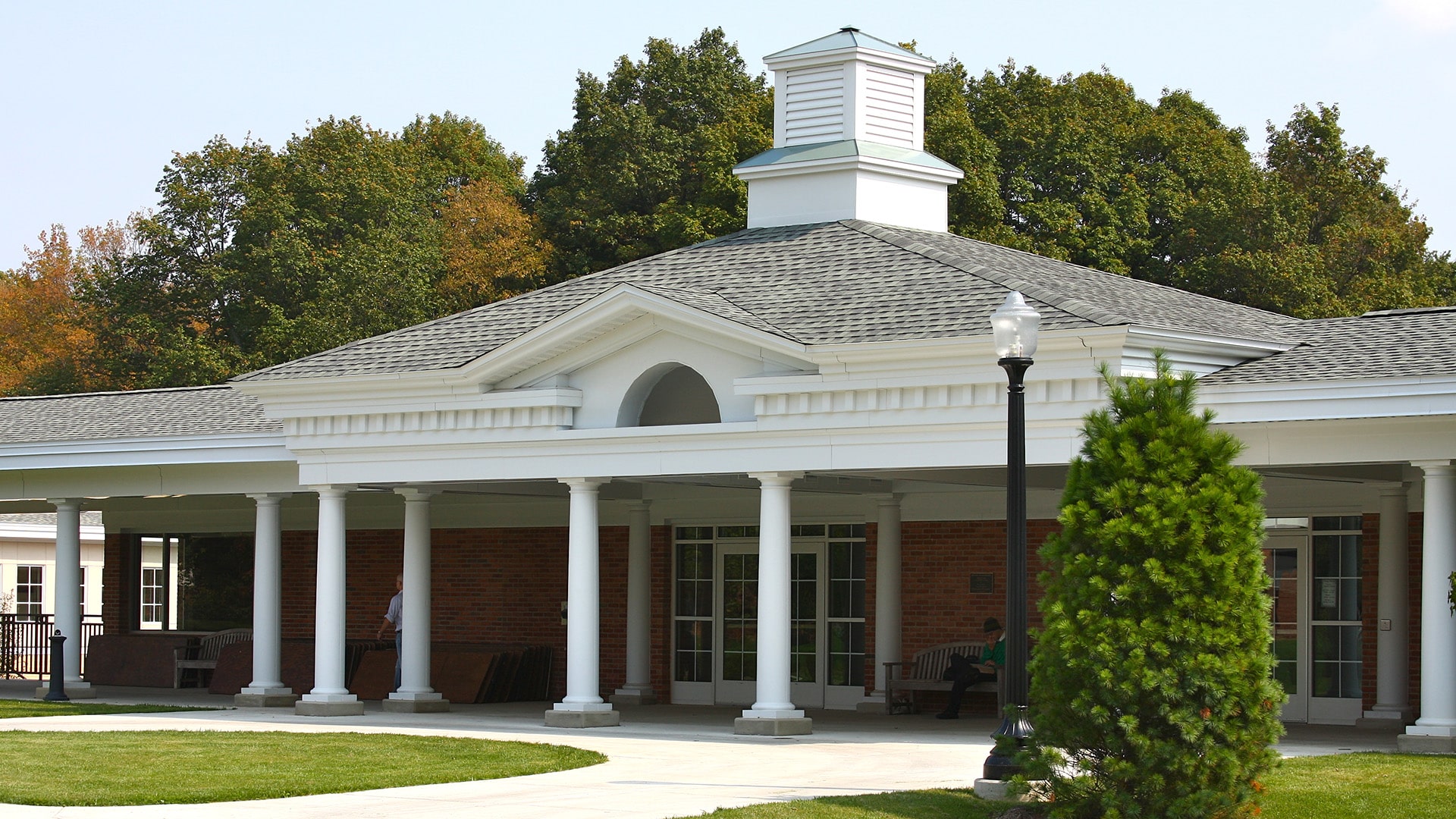
Amidst the massive decline of students checking out physical books in American universities, Hillsdale students show themselves exempt from the trend.
A 64% decline in the number of books checked out at Yale’s undergraduate library in February 2019 led the university to relocate three-quarters of its books to create more space for study rooms. As a result, students staged a protest, and Yale decided to expand the number of books in its library rather than increase the amount of study spaces.
Although students and their books arose victorious in this fight, one glaring fact remains: university libraries across the country are experiencing a massive decline in the use and circulation of their in-house books and materials.
The Atlantic reported that at the University of Virginia, college students checked out 238,000 books during the 2008-2009 school year, but that number has shrunk to just 60,000 this past school year. This statistic is no different for Northwestern University, whose circulation among undergraduate students declined 50% from 2013 to 2017. This trend is not limited to undergrads; for graduate students and faculty members at UVA, use of in-house books is down both 61% and 46%, respectively.
Hillsdale College’s Mossey Library has also experienced a decline, although not as severe.
There has been a 2% decrease in the amount of in-house materials checked out and picked up from the 2017-2018 school year to the 2018-2019 year, according to Public Services Librarian Linda Moore.
“I would say that we have seen a decline perhaps not as significant as other places but it’s sort of hard to tell because what people use to count their figures are different,” Moore said. “We use checkouts, renewals, and we also count in-house use — books that are picked up off the shelves and left here — and those are the things that we consider as circulation.”
According to Moore, students checked out 113,000 books in 2018, which is 1,000 less than the checkout number 20 years ago.
“The problem with these figures is that they don’t include e-books, so that would add some amount back in there,” Moore said. “That’s why it’s really hard to compare back to 1999 to the 2000s. The internet was fairly new so people hadn’t done a lot with e-books.”
The internet completely revolutionized the research industry, prompting university libraries across the country, including Mossey, to expand their online databases.
“We have seen an increase in the amount of content available digitally in both e-book and e-journal format,” said Technical Services Librarian LeAnne Rumler. “Some publishers have switched completely to digital content. We have also seen an increase in the number of reference works which have become available online, making research material more accessible.”
When asked about the decline of in-house book use, Mossey Library Director Maurine McCourry said that she believes it is the sign of the times, as more students and faculty defer to electronic databases to complete their research.
“The material is available online, and when it’s available online, publishers can make it available more quickly,” McCourry said. “Scientific journal articles can be published the next day after the research is complete, and you can publish an article right away. The digital, in some cases, is actually the better source of information now.”
This availability and reliability of online materials has led the college to invest and substantially increase its online resources.
“On our expenditures on electronic resources, we spend probably three times as much on electronic resources as we do on print materials,” McCourry said. “We have a very healthy book budget for our size library. We still spend a lot on books and we buy all the books the professors ask us to buy pretty much, but we still just to have access to things like JSTOR, Project Muse, and especially the big science databases; that is all very, very expensive. The main part of our expenditures for research materials is our online database which includes e-books and e-journals mostly.”
Moore also explained that this greater access to primary sources and scholarly articles through online databases and journals has led to an increase in educational standards.
“Professors can be more demanding of the students because the students have the resources now,” Moore said. “It’s different from the days in which the students would either use what we would have here or have to go up to the University of Michigan or Michigan State. The student doesn’t have to do that anymore.”
But the convenience of online publications and journals has not led students to shun the book.
“I think people are still reading — especially at Hillsdale — people are still reading books,” McCourry said.
And unlike Yale, Mossey Library will not be getting rid of its books anytime soon.
“I don’t think that at as a small academic library we will ever get rid of our books; they just form too much of the basis of what we do,” Moore said. “There is a value to having something physical in your hand that represents the intellectual and emotional weight of the material that is being presented to you that I find satisfying, and I think a number of the students here do as well.”

